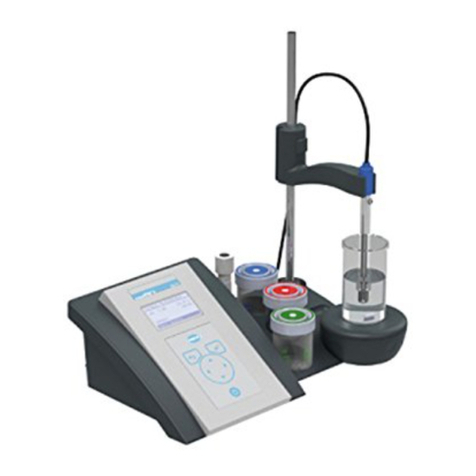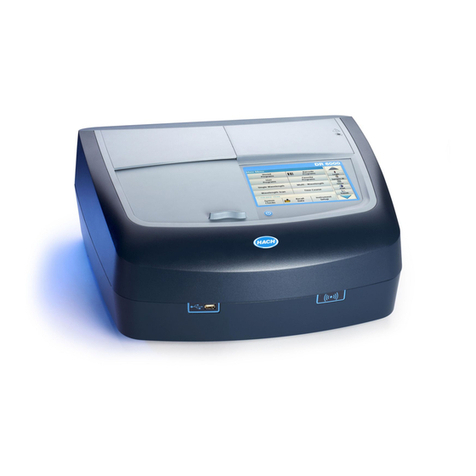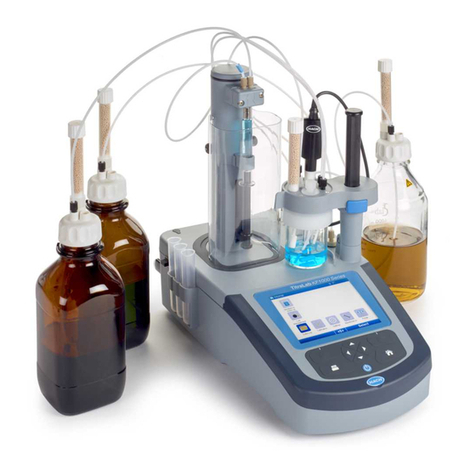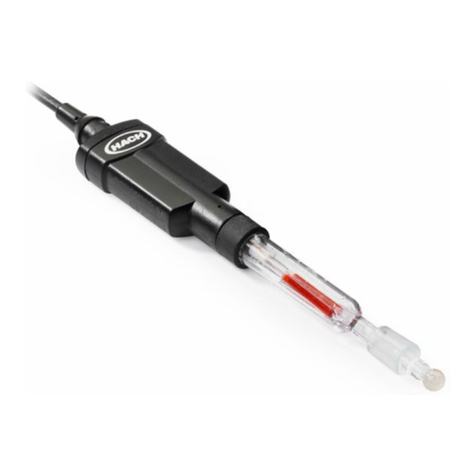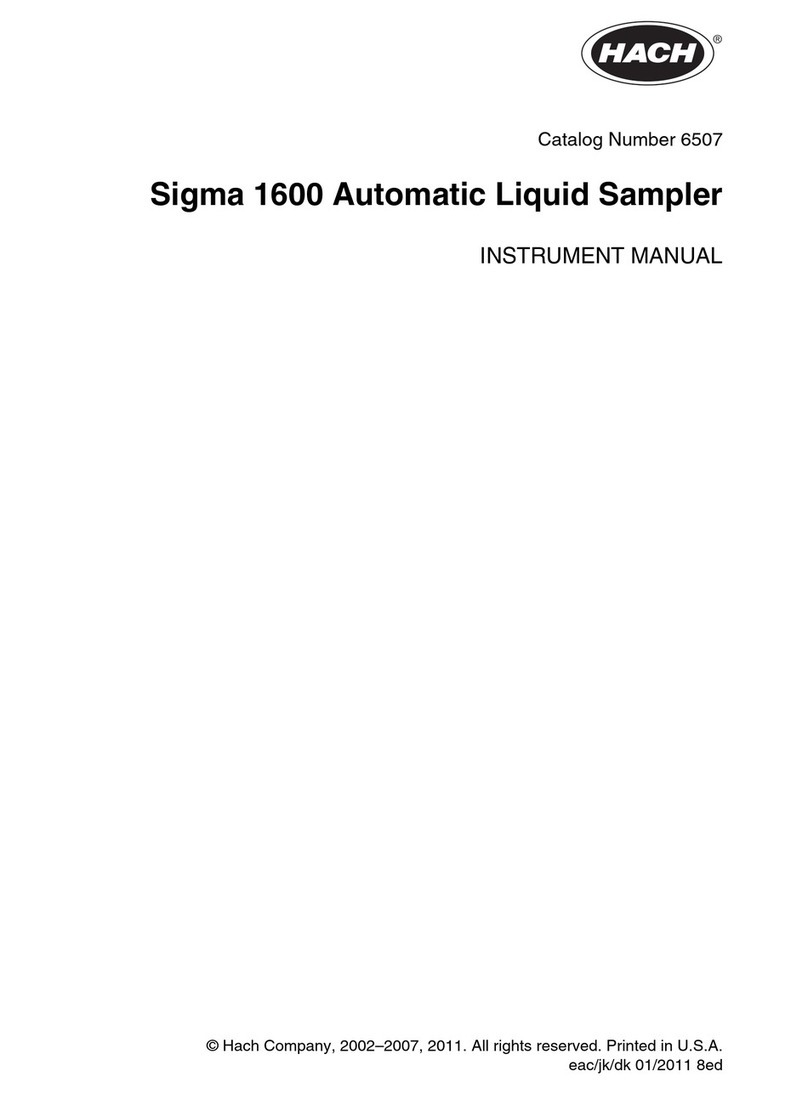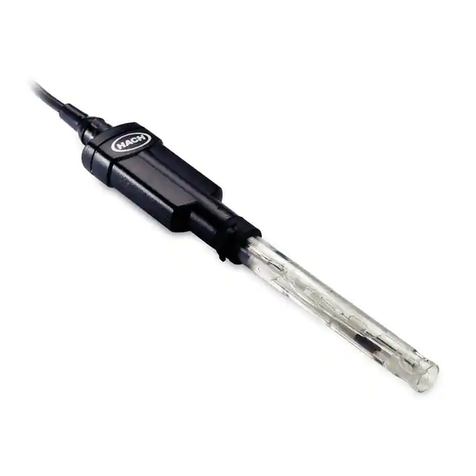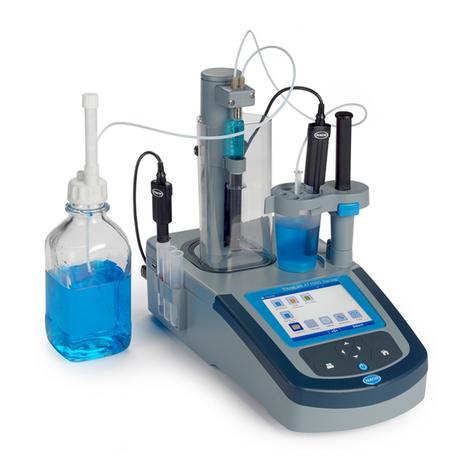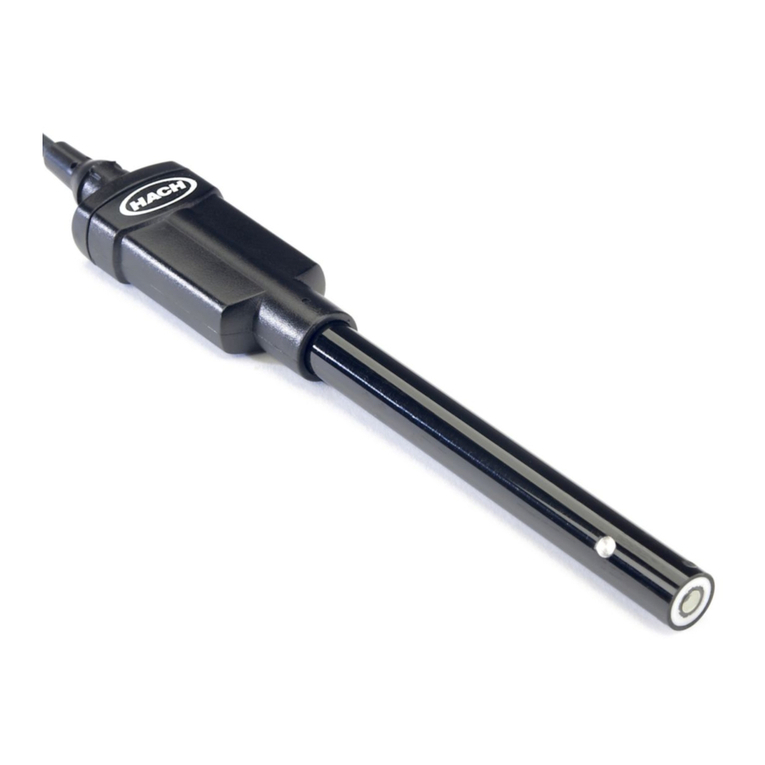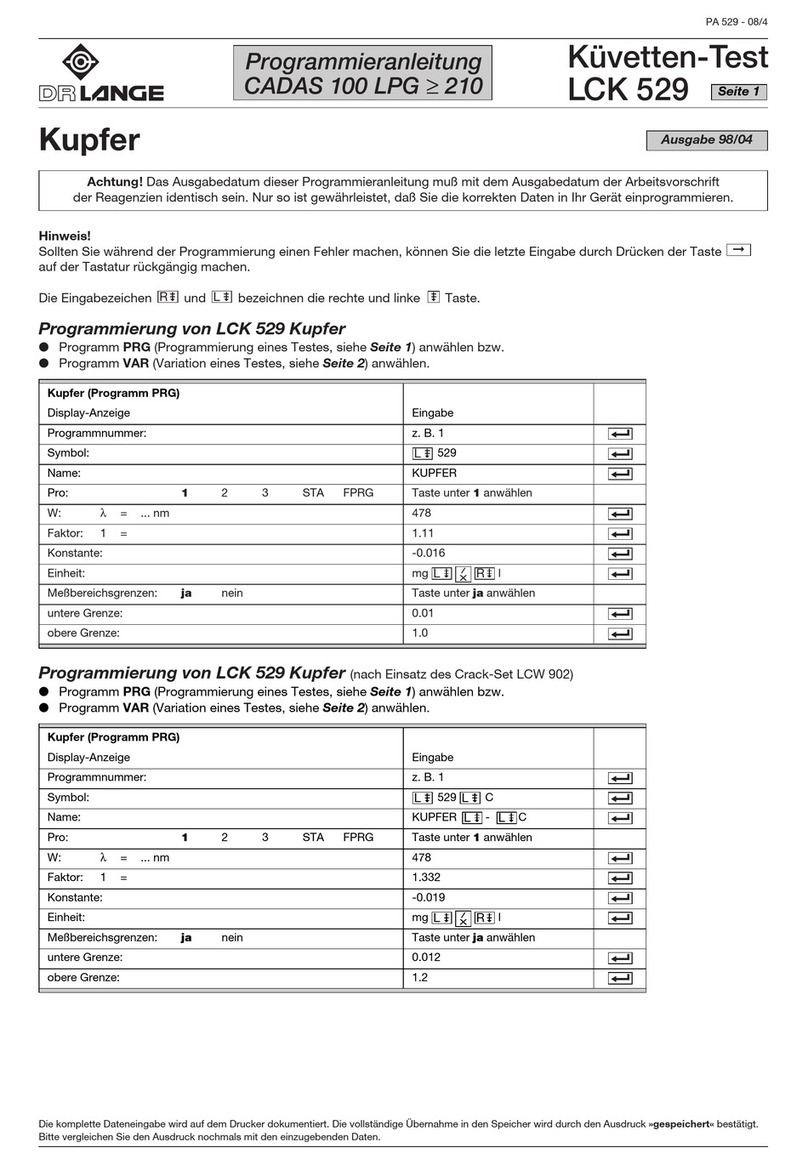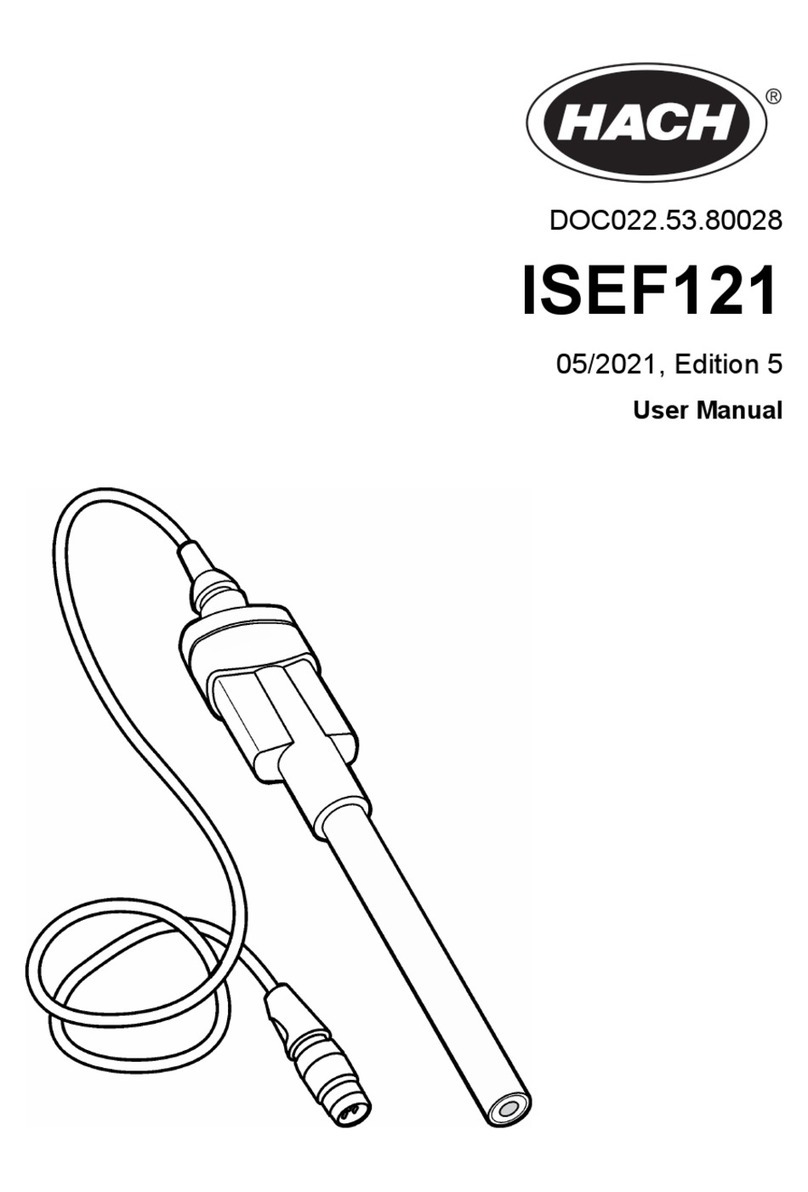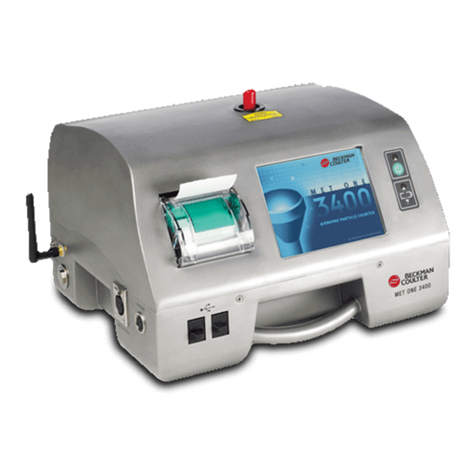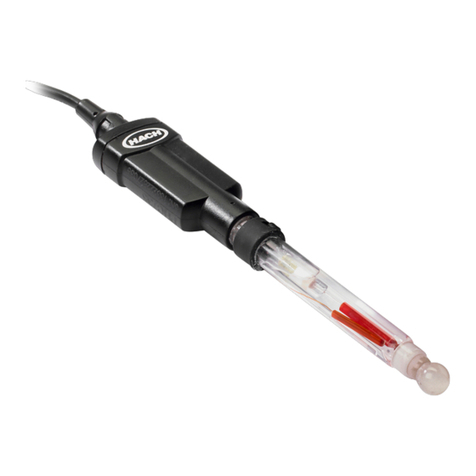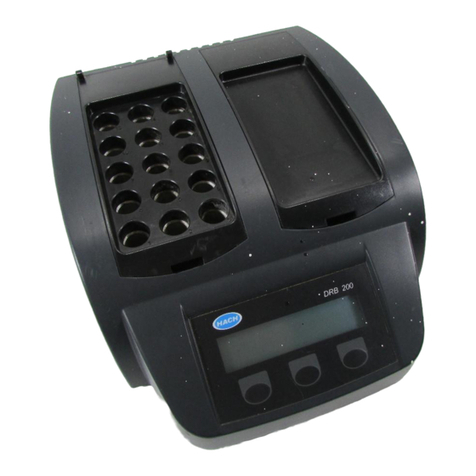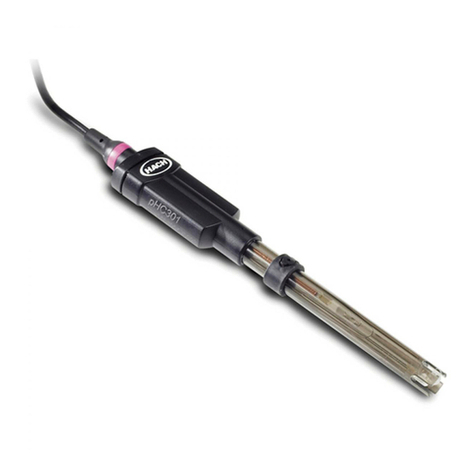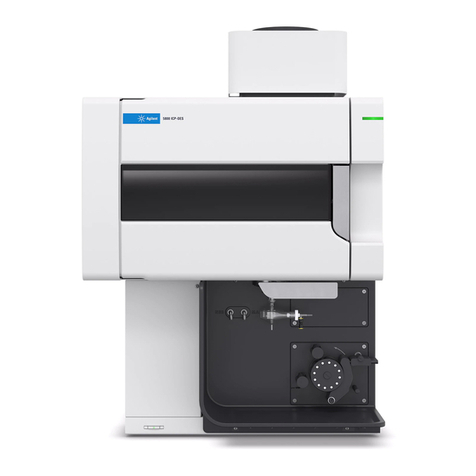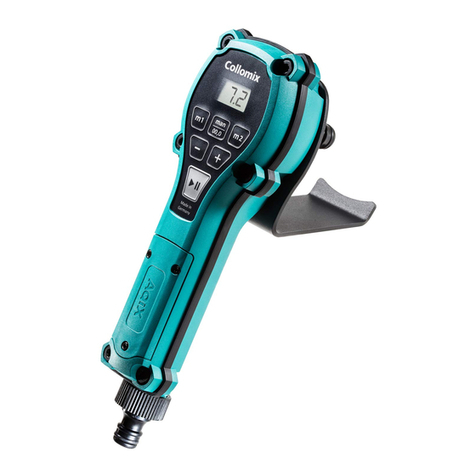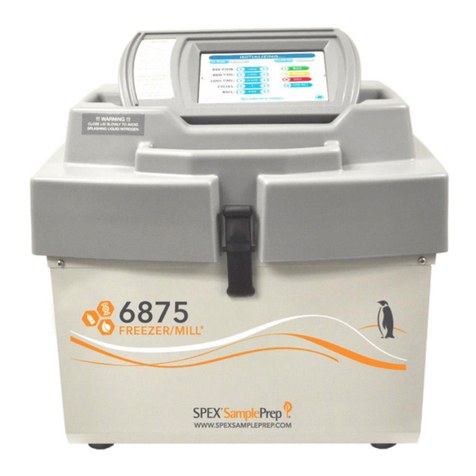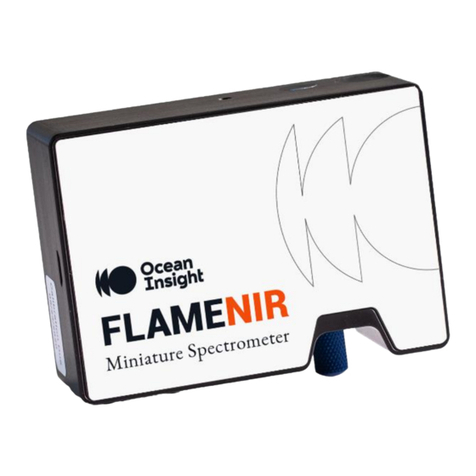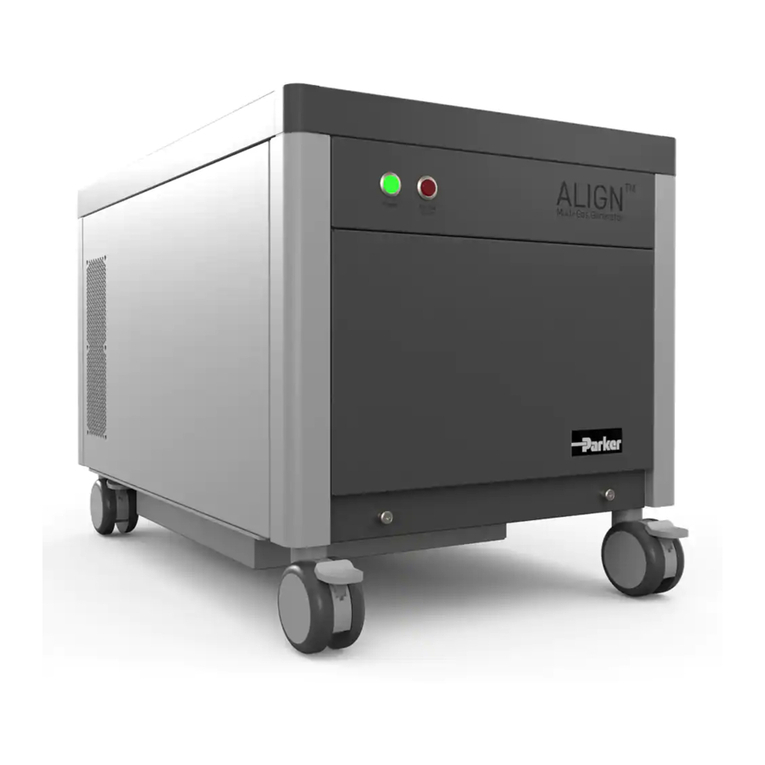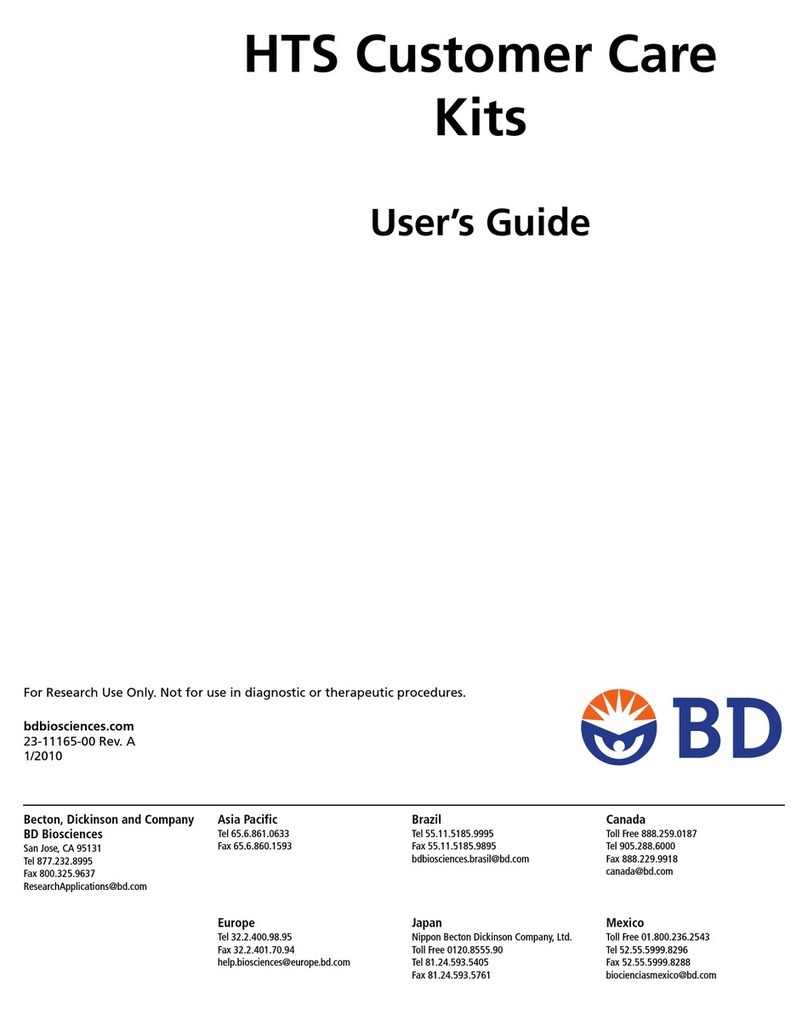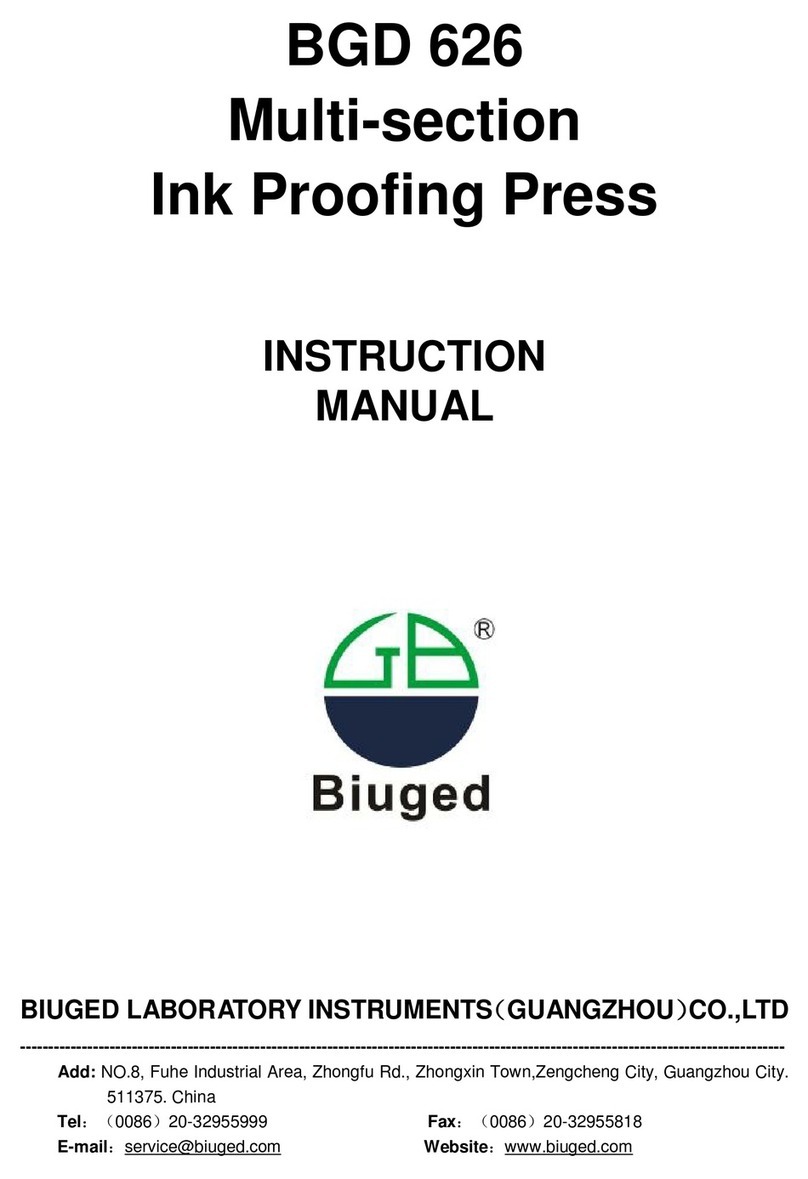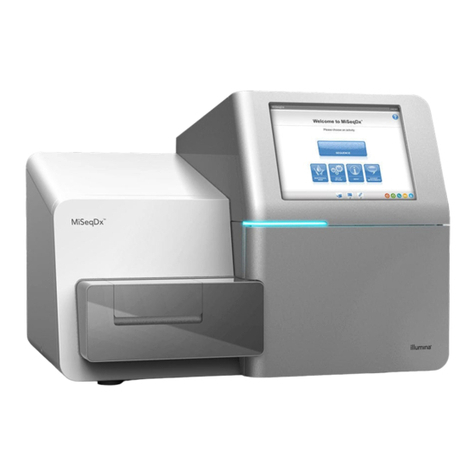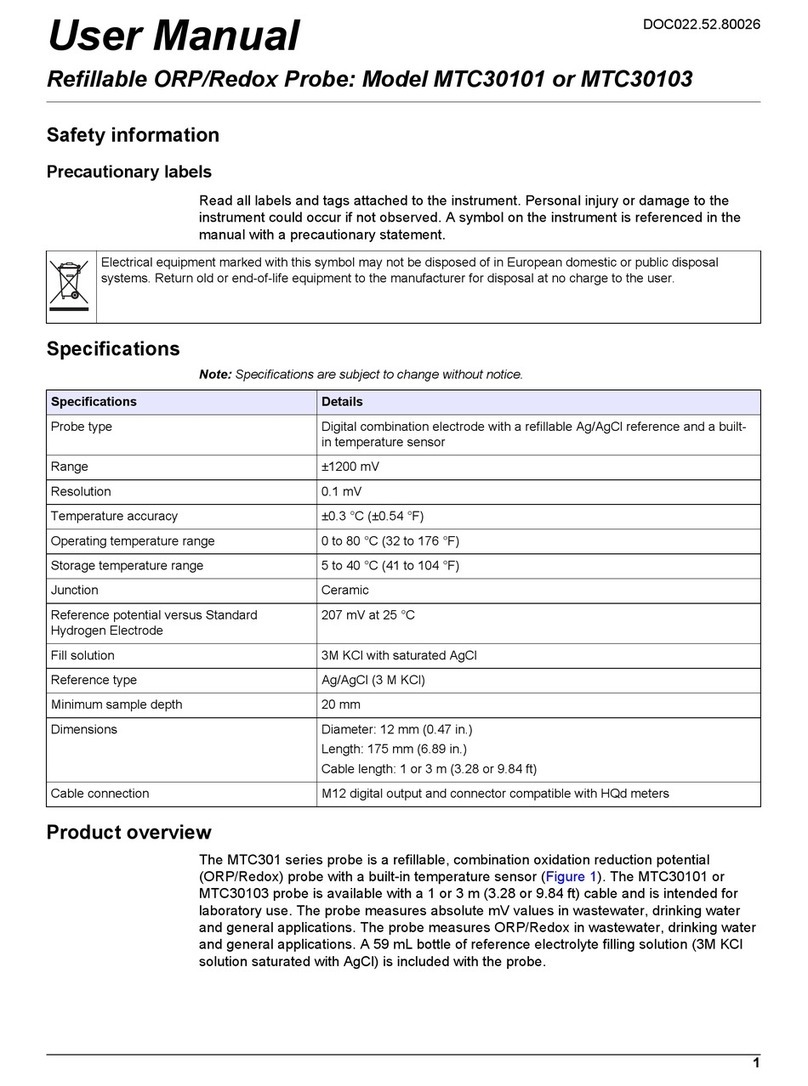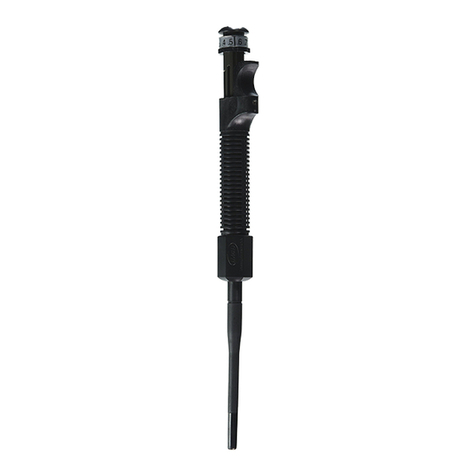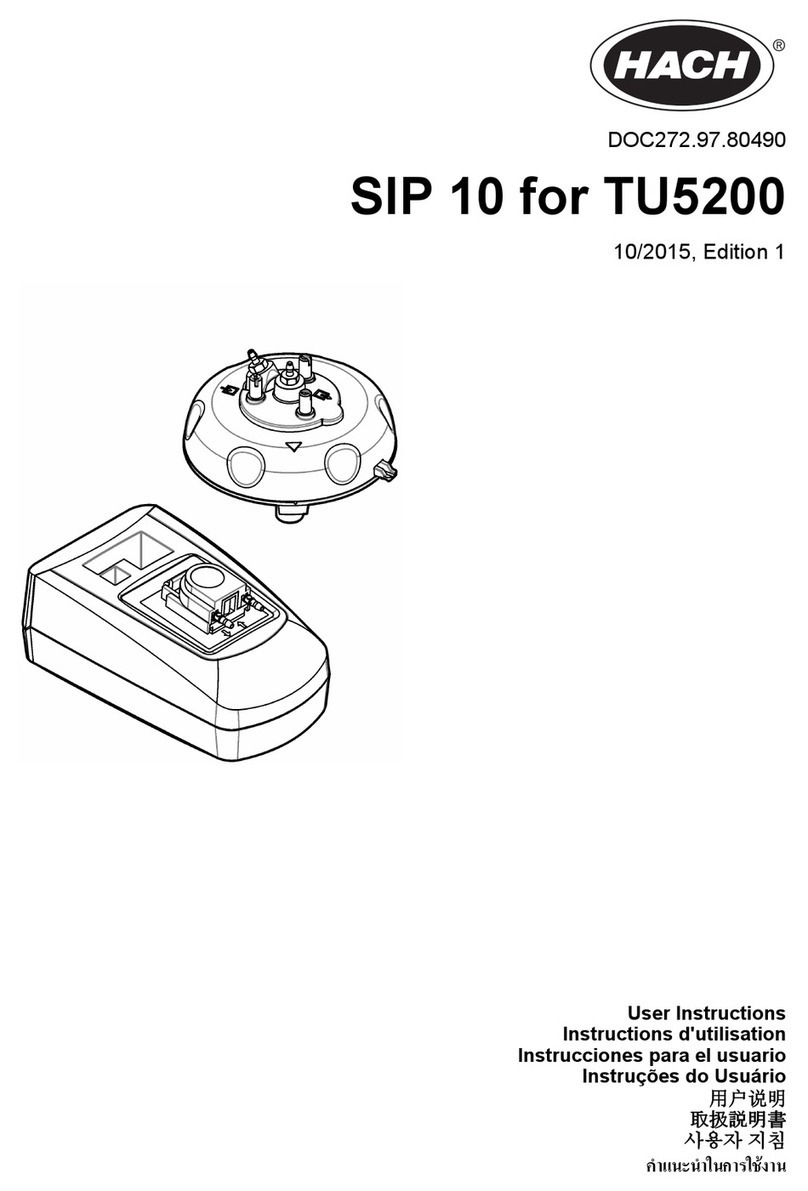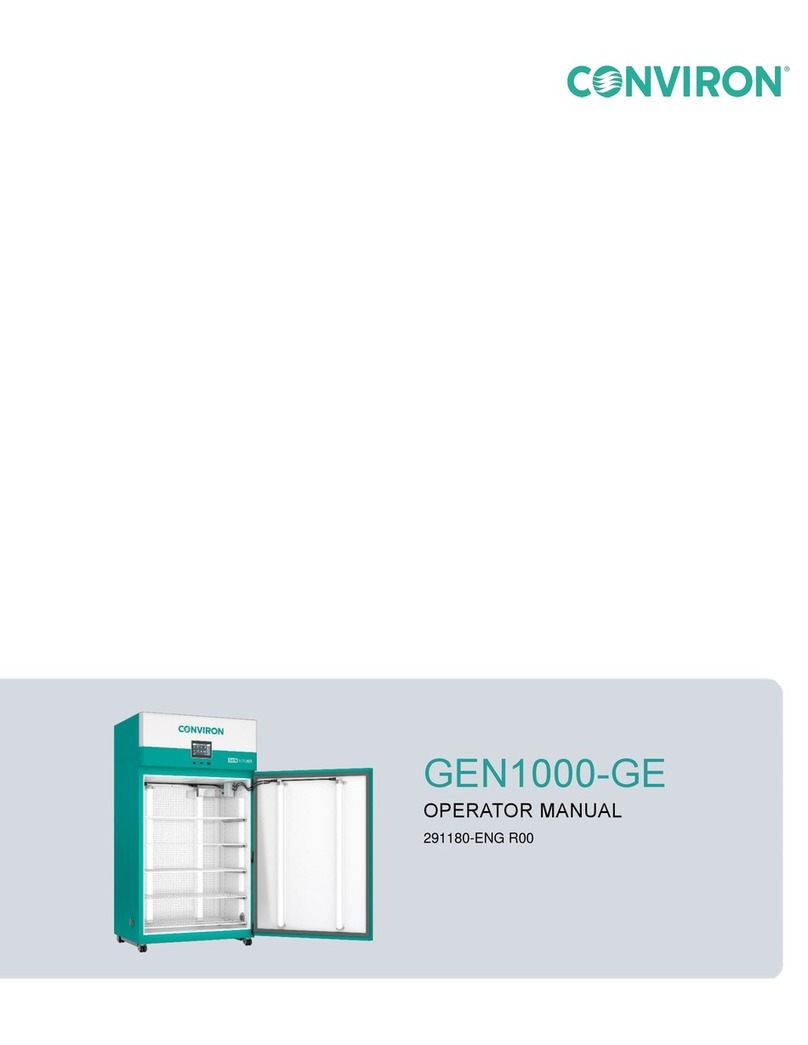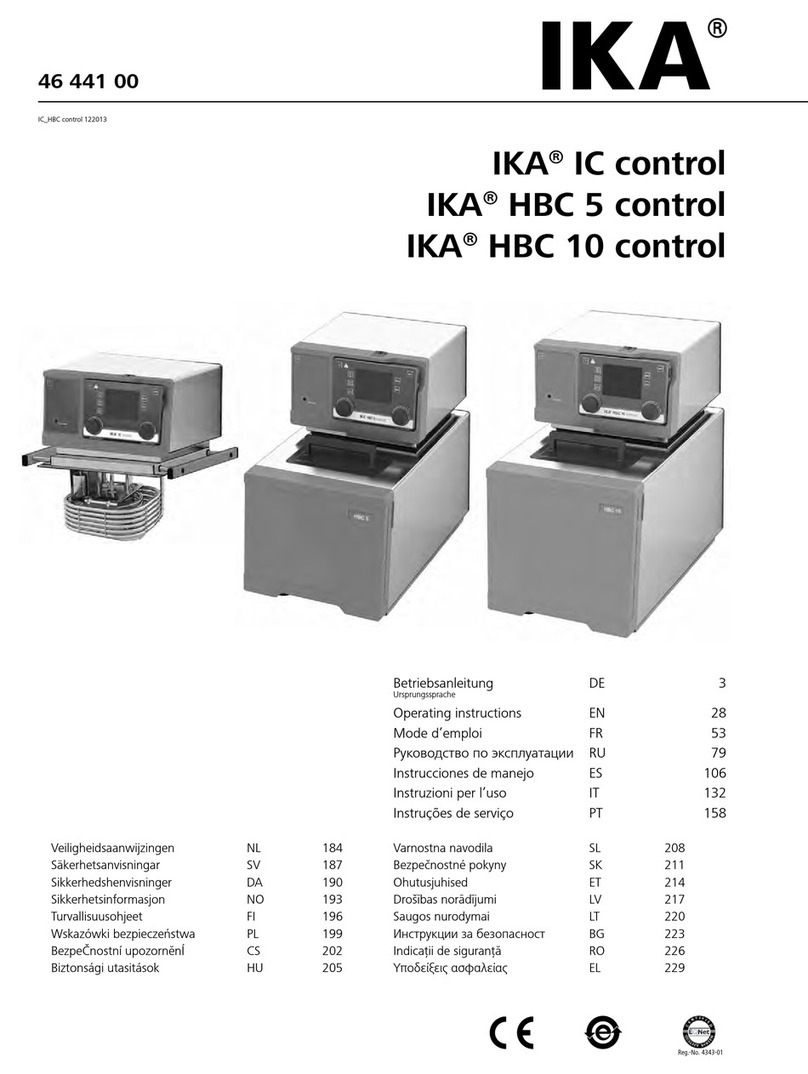
Table of Contents
Table of Contents
50081_BookTOC.fm Page 3
Section 6 Calibration Procedures ........................................................................................................49
PAO/5.64 mN, Amperometric Forward Titrant Calibration...................................................................................51
Iodine, Amperometric Back Titrant Calibration ..................................................................................................... 57
Section 7 Sampling ....................................................................................................................................63
7.1 Chlorine ............................................................................................................................................................63
7.2 Container Pretreatment .....................................................................................................................................63
7.3 Handling............................................................................................................................................................63
7.4 Samples for Back Titration ...............................................................................................................................63
Section 8 Titration Procedures .............................................................................................................65
Chlorine Dioxide
Generator Yield, Amperometric Forward Titration .............................................................................................67
Chlorine Dioxide, Amperometric Forward Titration..............................................................................................81
Free Chlorine, Amperometric Forward Titration....................................................................................................93
Total Chlorine, Amperometric Back Titration........................................................................................................99
Total Chlorine, Amperometric Forward Titration ................................................................................................105
Sulfite, Amperometric Back Titration .................................................................................................................. 111
Total Oxidants, “Quick” Two Step Amperometric Titration ................................................................................ 119
Chlorite, “Quick” Two Step Amperometric Titration...........................................................................................127
Manual Endpoint Determination ....................................................................................................................135
Below Detectable Limit ....................................................................................................................................137
Section 9 Maintenance ...........................................................................................................................139
9.1 Instrument Maintenance .................................................................................................................................139
9.1.1 General...................................................................................................................................................139
9.1.2 Display ...................................................................................................................................................139
9.1.3 Cleaning the Instrument.........................................................................................................................139
9.1.4 Cleaning and Conditioning the Electrode ..............................................................................................139
9.2 Maintenance Intervals.....................................................................................................................................140
9.3 Replacing the Fuse..........................................................................................................................................140
Section 10 Troubleshooting ....................................................................................................................141
Appendix A Amperometric Titration Theory..................................................................................145
1.1 General Titration Theory ................................................................................................................................145
1.1.1 Redox Reactions ....................................................................................................................................145
1.1.2 Reaction Measurement...........................................................................................................................145
1.1.2.1 Forward vs. Back .............................................................................................................145
1.1.3 Determining Concentration....................................................................................................................146
1.1.3.1 Conversion Factor ............................................................................................................146
1.1.3.2 Sample Spike ...................................................................................................................147
1.2 Errors and Interferences..................................................................................................................................147

